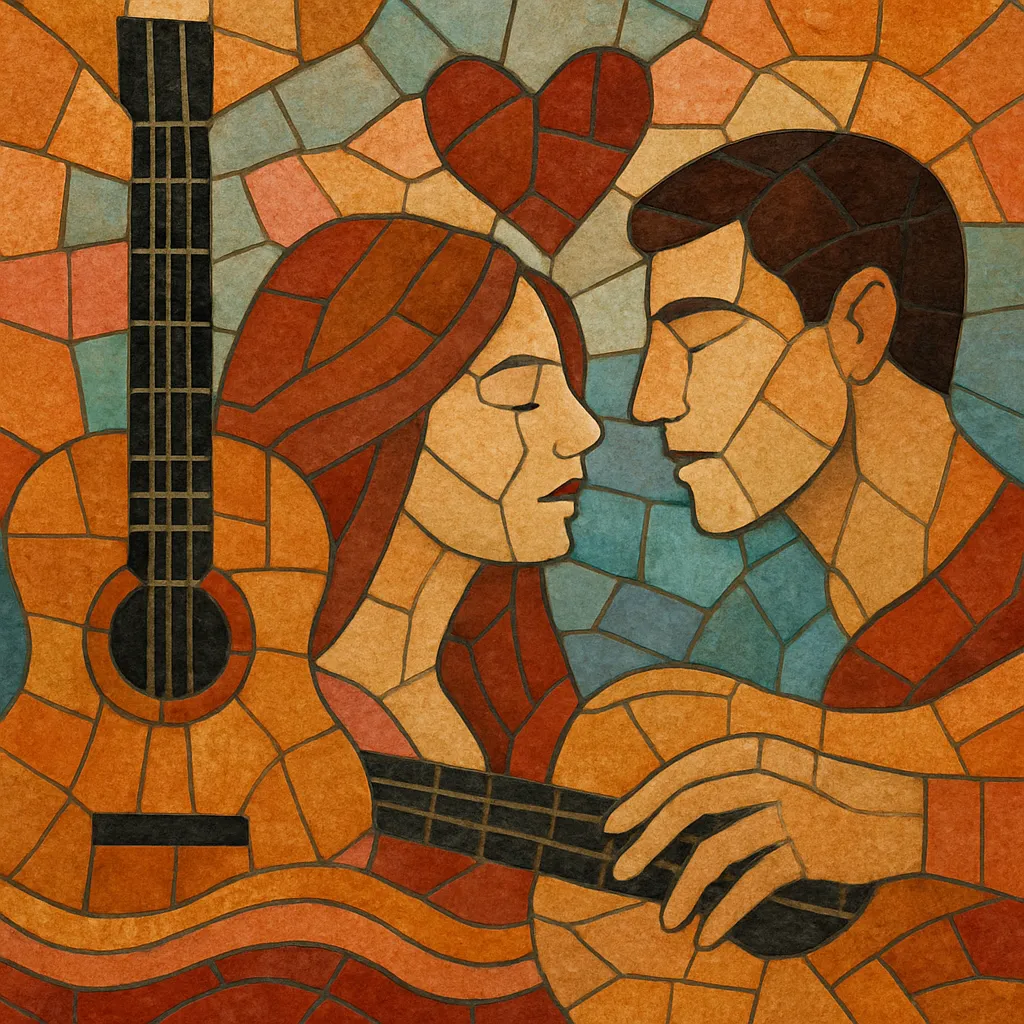
Romantic flow is a melodic, soft-edged variant of reggaeton that blends the genre’s signature dembow rhythm with pop and contemporary R&B ballad sensibilities.
It emphasizes tender, sentimental lyrics, catchy vocal hooks, and smoother, more harmonically lush arrangements than harder club-oriented reggaeton.
Producers favor warm synth pads, gentle guitar or piano riffs, and polished, breathy vocals—often with subtle Auto-Tune—over aggressive perreo textures, creating songs equally suited to the dancefloor and late‑night listening.
Romantic flow emerged in Puerto Rico as reggaeton crossed from underground party music into mainstream Latin pop. Artists and producers began softening the hard edges of the dembow with R&B melodies and pop ballad structures. Duos and crooners like RKM & Ken‑Y and Zion & Lennox helped define a smoother, more sentimental style, while hitmaking producers (e.g., Luny Tunes, Tainy in his early years) provided glossy, harmonic backdrops.
By 2005–2009, romantic reggaeton ballads and mid‑tempo grooves were chart staples across the Spanish‑speaking world. Nicky Jam’s comeback era and Tito El Bambino’s crossover hits showcased how tender themes, sing‑along choruses, and dembow could coexist. The sound traveled widely through collaborations and radio formats that favored love‑song narratives.
In the 2010s, a new wave infused romantic flow with contemporary R&B and pop, giving it sleeker sound design, refined vocal production, and collaborative reach. Sech, Manuel Turizo, Justin Quiles, Arcángel, and De La Ghetto brought smoother toplines, lush harmonies, and mid‑tempo grooves that resonated on streaming platforms and international charts. The style also intersected with Latin trap and pop‑R&B, influencing a generation of urbano ballads.
Romantic flow remains a go‑to approach for love‑themed urbano records: dembow foundations paired with intimate lyrics, spacious mixes, and ear‑worm hooks. It functions as a bridge between reggaeton, Latin pop, and Latin R&B, shaping the sound of contemporary Spanish‑language slow‑burn hits.

